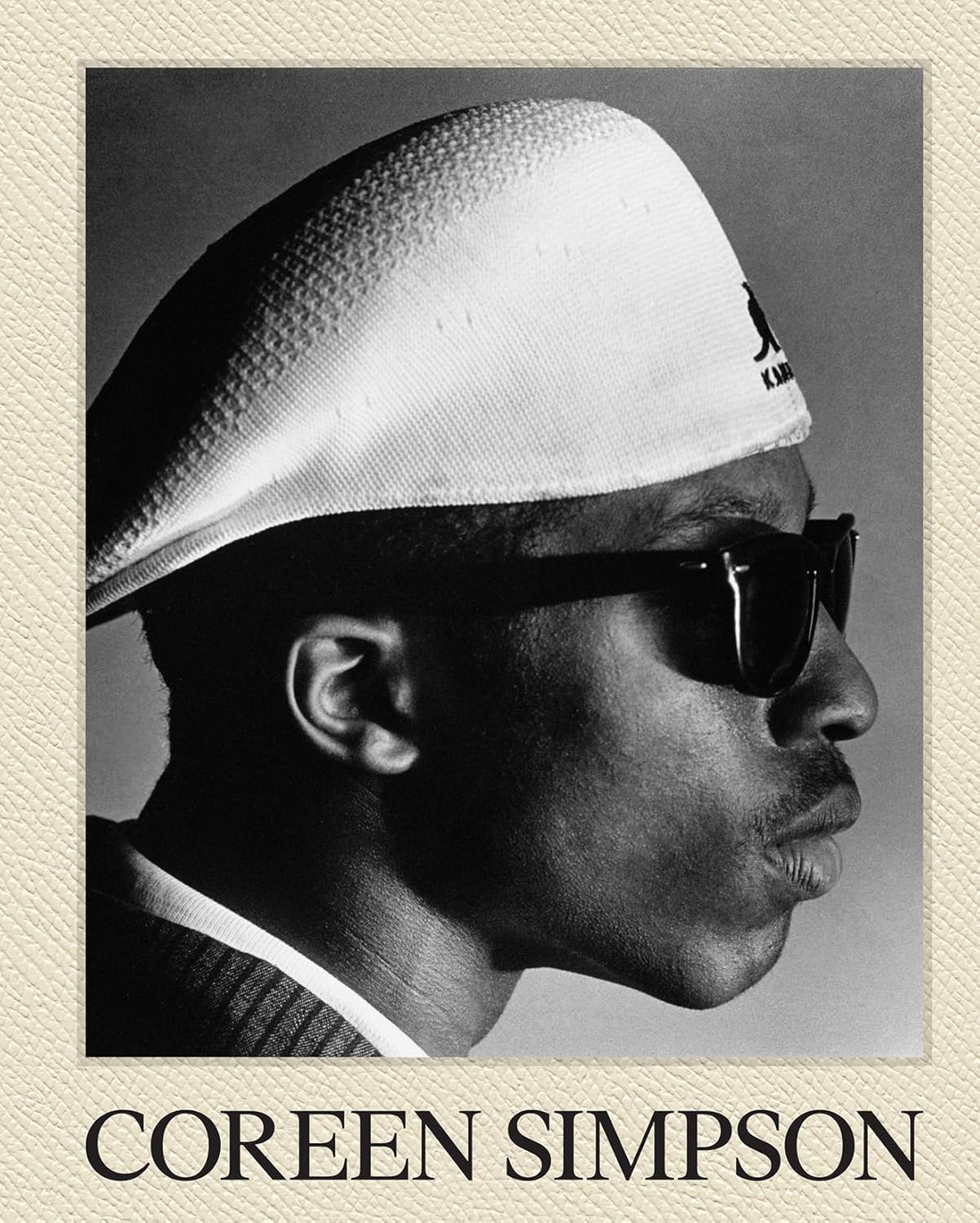Inside Coreen Simpson’s fabulous, jewellery- and art-filled world
To mark the publication of ‘Coreen Simpson: A Monograph’, we meet the octogenarian photographer and jewellery designer over Zoom, and take a deep dive into her world

Coreen Simpson’s self-made career has been propelled by her fabulousness, curiosity, porous approach, and entrepreneurial ingenuity. In 1976, her photographic debut was based on her insistence that she trusted only herself to take interesting images to pair with articles she was writing for the now-defunct publication called Unique NY.
In the 1980s, Simpson constructed a makeshift studio on Wednesdays at the Roxy – a roller disco/nightclub hybrid in Chelsea, NYC – and set up backdrops and lighting in order to photograph the amazing ensembles sported by clubgoers. As Ethiopian-American artist Awol Erizku writes in ‘The Aesthetics of Defiance’ (his essay about her 'landmark body of work: one that celebrates the hip-hop aesthetic and preserves its essence for posterity'): 'Style is never just style: it’s history, it’s rebellion, and it’s self-definition.' The subjects were impertinent peacocks: 'They weren’t passengers blending into the flow of the city, they were curating a spectacle.'
Nonetheless, Simpson was inspired by the classicism of Richard Avedon’s black-and-white portraits from the series In the American West, in which coal miners, waitresses, and oil field workers were made to look iconic instead of ordinary. Simpson, too, wished to elevate Black citizens, as people worth scrutinising.
Meanwhile, on the sidewalks of New York, Simpson was also selling jewellery she’d made. The homespun endeavour reached a turning point when designer Carolina Herrera spotted her work and invited her to bring her collection to her studio. Thereafter, Simpson’s jewellery gained a following through word of mouth and influential figures who championed her work. Her cameo habillé, referencing an 1800s staple accessory but based on a more modern Chanel template, had no parallel when she decided to make one starring a Black woman in profile. In 1993, she licensed the acrylic and slate cameo to Avon (Elizabeth Taylor was working with the brand at the time, too). The piece was first stocked at Studio Museum in Harlem; it has been worn by a wide clientele of everyday Black women, but also by Rosa Parks and Rihanna.
The jewellery work supported Simpson’s photography work. Doing both concurrently was a pragmatic choice, but also reflects her very contemporary attitude that being a creative person means patching together different practices, rather than being beholden to one niche thing: multiple endeavours can nourish each other.

Elias Williams, Coreen Simpson at home, April 2024, from Coreen Simpson: A Monograph (Aperture, 2025)
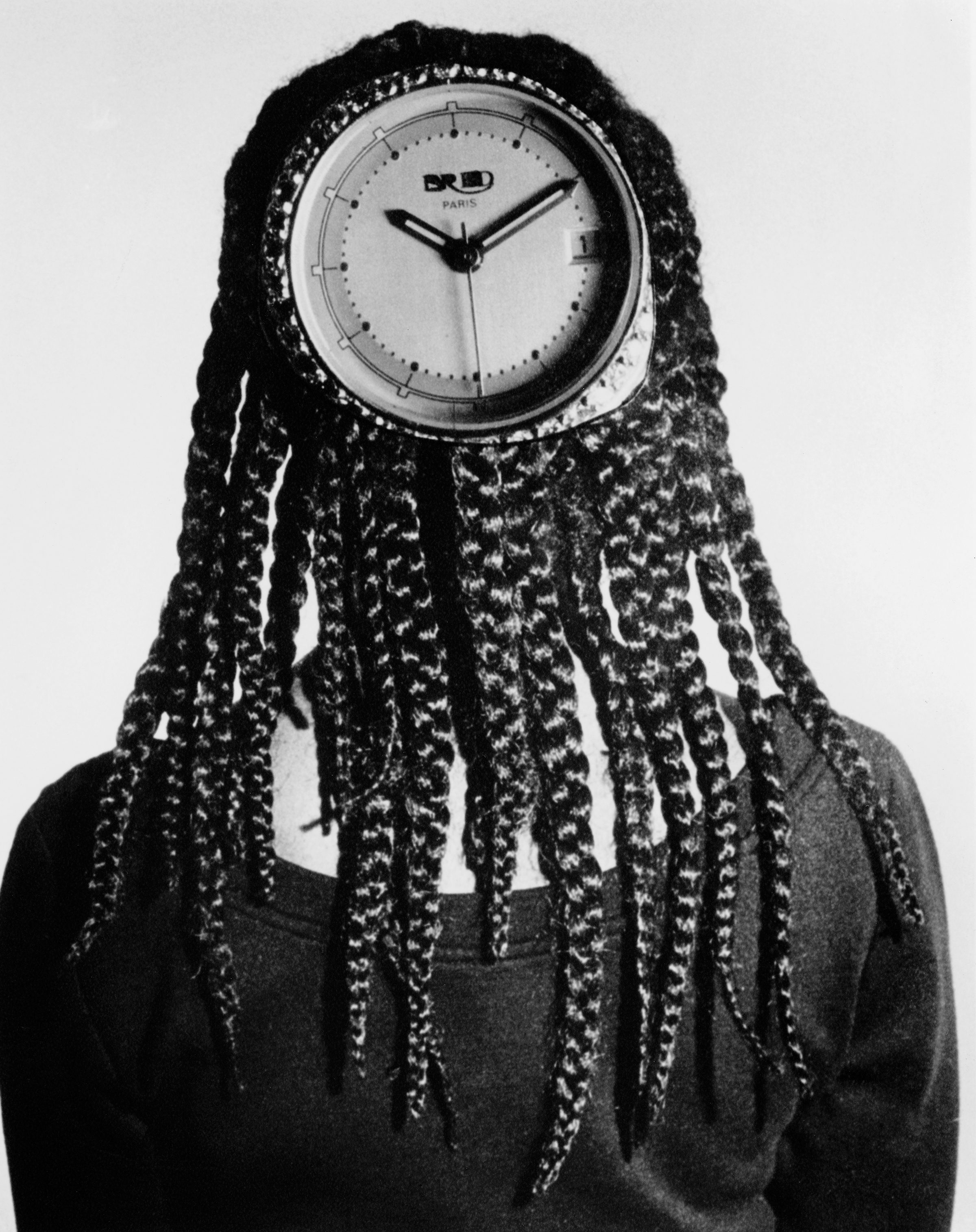
Coreen Simpson, Alva with Clock, 1992/2021, from the series Aboutface, from Coreen Simpson: A Monograph (Aperture, 2025)
Her jewellery design process is always inspired by the materials available. 'I like it all: plastics, real metals, it just has to speak to me at the moment. I don't question what I like. I just buy it. And I may not use it for ten years but, eventually, it will be used,' she says.
‘For my more glamorous customers, I just let myself go, because that's me. You want to own the room’
Coreen Simpson
She always designs with herself in mind, so much so that at first, when she started making jewellery, she didn't want to sell any of the pieces. 'I would keep them just for me. And then I said, you're not going to make any money doing this. You gotta sell it! And then I realised I could always make fabulous pieces. And those are the pieces that people want to buy.'
Receive our daily digest of inspiration, escapism and design stories from around the world direct to your inbox.
She gravitates towards extravagance: 'For my more glamorous customers, I just let myself go, because that's me. You want to own the room.' But simpler items sell more readily. At first, she had more white women as customers, from the fashion world. Then, when she came out with the cameo, a Black following blossomed.
Sometimes, clients will bring her broken pieces, and she'll take them apart and rework them to make something new. She likes going to a thrift shop, cutting up and repurposing something. 'I don't throw anything away. I just keep it and reuse it, because it's still valuable – but you have to rework it.'
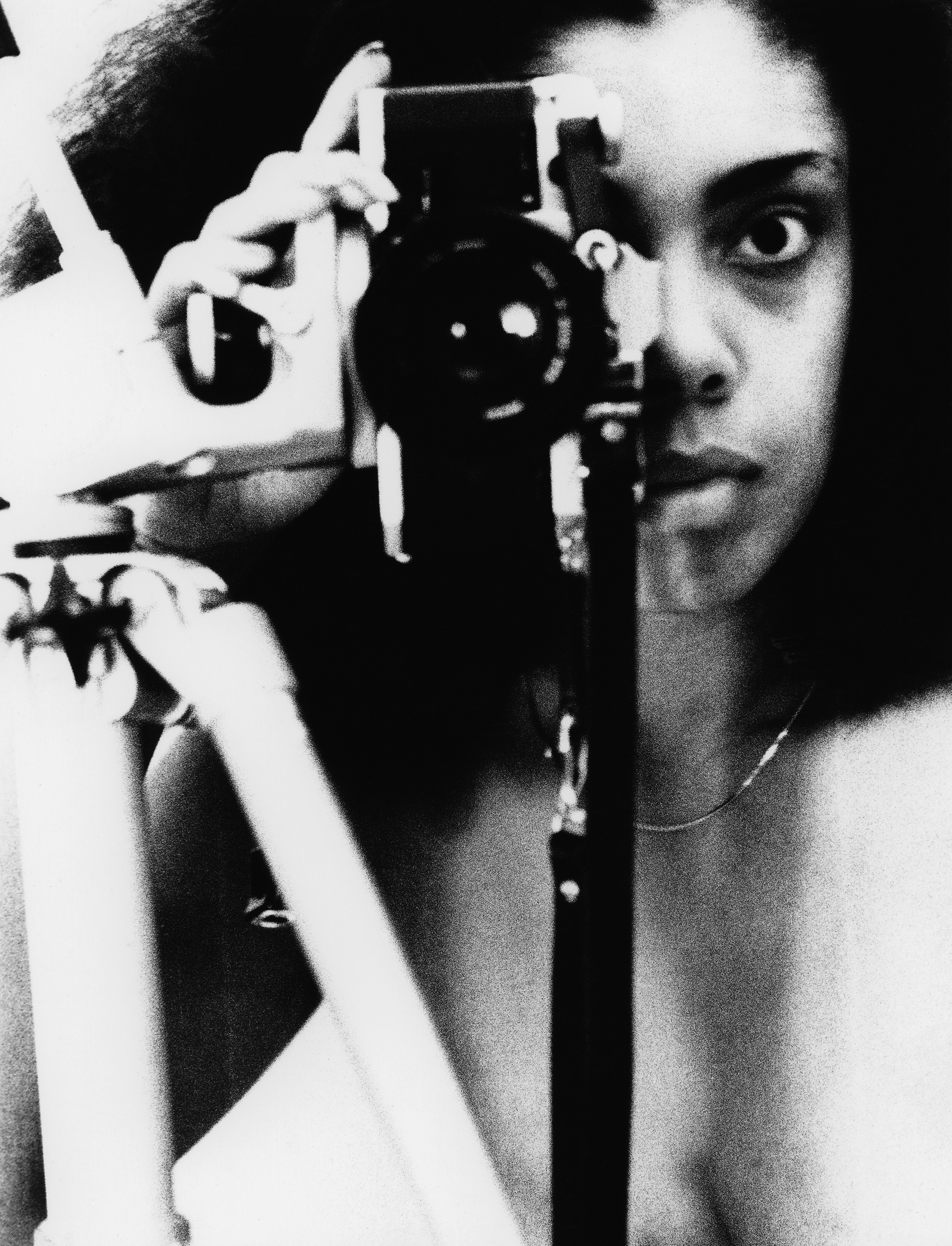
Coreen Simpson, Self-portrait, New York, 1970s, from Coreen Simpson: A Monograph (Aperture, 2025)
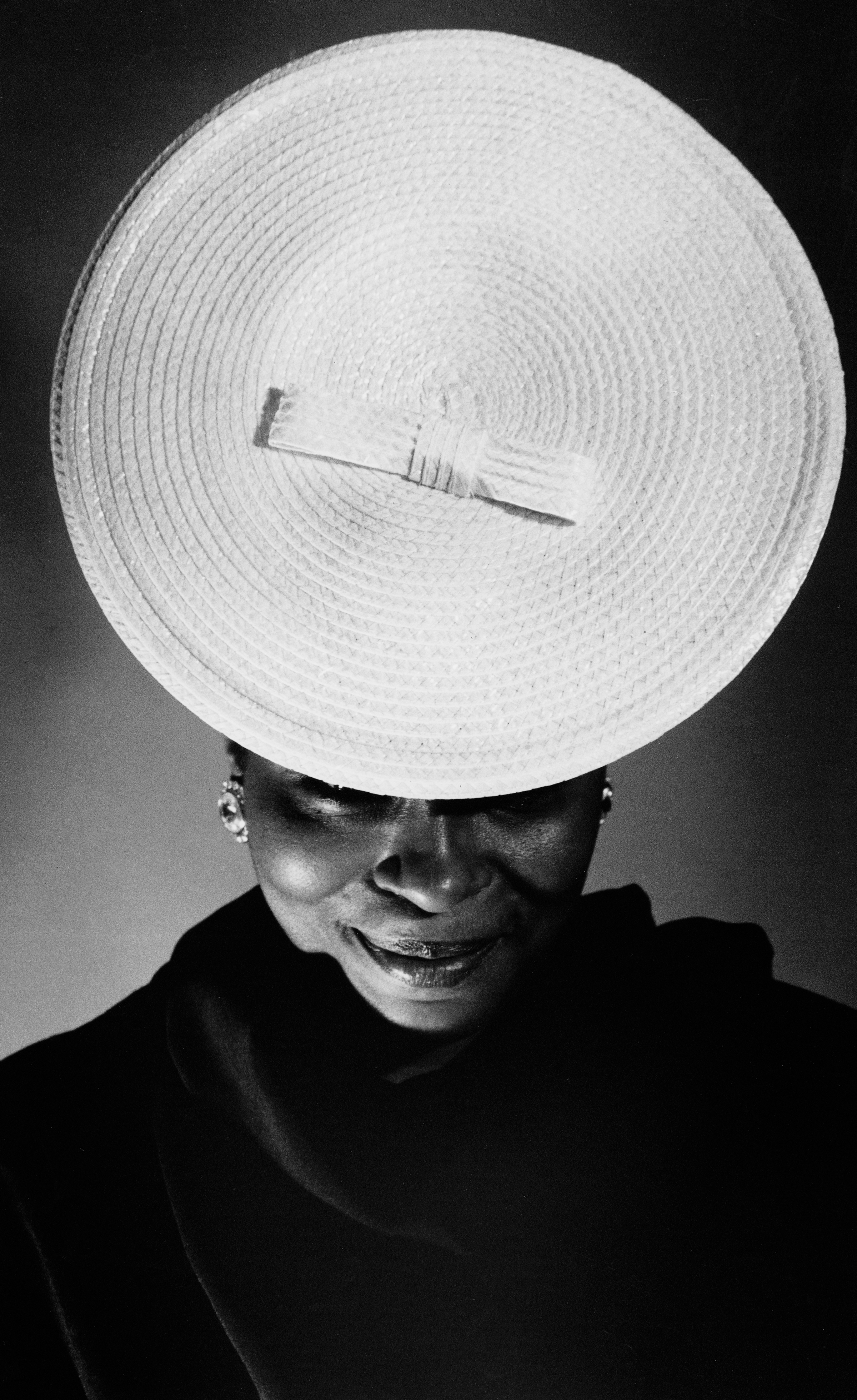
Coreen Simpson, Abyssinian Baptist Church Lady, Harlem, 1992, from the series Church Ladies, from Coreen Simpson: A Monograph (Aperture, 2025)
It's a similar thinking that applies to her collages: she would reconceive test prints. 'I printed on paper that's expensive when I was in the dark room, so why throw it away? Make a new piece.' When she would get a photograph back from the printer, and the colour wasn't as intense as she wanted it to be, she would hand-paint it with nail polish to make it the way she envisioned it, a kind of do-it-yourself Photoshop before Photoshop. It’s an approach she cites from the famous Black photographer James Van Der Zee, who said, to paraphrase, that the trick is getting the camera to see it the way you see it.
Simpson’s first eponymous book is portrait-focused, though her archives are full of documentary and street photography too. The book, published by Aperture, is part of its Vision & Justice series. It makes sense as a categorisation despite not being explicitly about socio-politics: it is instead about a subtle gaze.
‘My whole feeling about taking these photographs over the years was just to give dignity to my subjects, who I felt didn't have the dignity that they should have’
Coreen Simpson
Simpson’s candid representation was inherently politically charged by privileging Black life, community, and style as beautiful, important, and worthy of careful consideration. 'It's when you look at it afterwards you think about these things,' Simpson notes of using this political framework through which to read her work. 'My whole feeling about taking these photographs over the years was just to give dignity to my subjects, who I felt didn't have the dignity that they should have.' She only came to photography in her mid- to late-thirties, and ultimately, her approach was: 'When you take a photograph, you're saying to the public, look at this. Look at how fabulous this is! And look at my fabulous life!'
Simpson embodies fabulousness. On our Zoom call, she was wearing a blue head-wrap, glasses, a gold necklace with her signature Black cameo, and a black dress with a colourful feather print. Fresh from a vacation in Puerto Rico ('Your problems could be solved when you're in the water, laying in the sunshine,' she advises), she had fittingly set a beach background with blue seas and palm trees as an overlay to her Brooklyn apartment.

Coreen Simpson, Untitled, 1979, from Coreen Simpson: A Monograph (Aperture, 2025)

Coreen Simpson, William and Sam, Roxy Club, 1985, from the series B-Boys, from Coreen Simpson: A Monograph (Aperture, 2025)
Are stylish people easier to photograph because they are more aware of being perceived? 'In a way, because it's empowerment: someone took the time to get up, put themselves together, and that's no easy feat sometimes... anyone that took the time to do a self-presentation really likes the attention.' Even in the street today, she still pulls people aside. 'If I see something amazing – you have to be truly amazing to me to stop you – it's fun.' She recalls recently photographing a Black woman in head-to-toe bubblegum pink – her boyfriend was also wearing pink – 'and it makes your day when you see somebody like that! Because it shows the joie de vivre that you got up and did this, and presented yourself to the public like this.'
Simpson is 83 now, 'but I still want to work, so I still always carry my camera. It keeps you going and excited.' Simpson has always been a formidable doer. The performance artist Lorraine O’Grady once asked her how she could make money. Simpson’s advice was: 'If I were you, that picture with you all dressed up in the armour? Make a pin out of it, put it on a button or something, and sell it when you have signings of your books.' Simpson follows the Andy Warhol ethos of branding: people want a piece of you. 'They may not be able to afford a $25,000 photograph, but they can buy a cameo for $40.'
When Simpson went to an opening recently, she followed her own advice and brought some tiny pins, pinning them on different people and taking photographs of them to use for a National Gallery catalogue. 'I said, Coreen, you're brilliant. Because I [thought], I'm going out, wait a minute… there's going to be some beautiful people there. Let me put the pin on them and photograph them! And that's what I did!’ They kept the pins, and Simpson has fabulous photos to show for it.
Coreen Simpson: A Monograph is published by Aperture, 2025, available at amazon.co.uk
-
 Fancy owning a piece of French automotive history? Bid in The Renault Icons Auction
Fancy owning a piece of French automotive history? Bid in The Renault Icons AuctionRenault is paring back its substantial collection of historic automobiles by auctioning off duplicate models. We present 14 of the finest lots
-
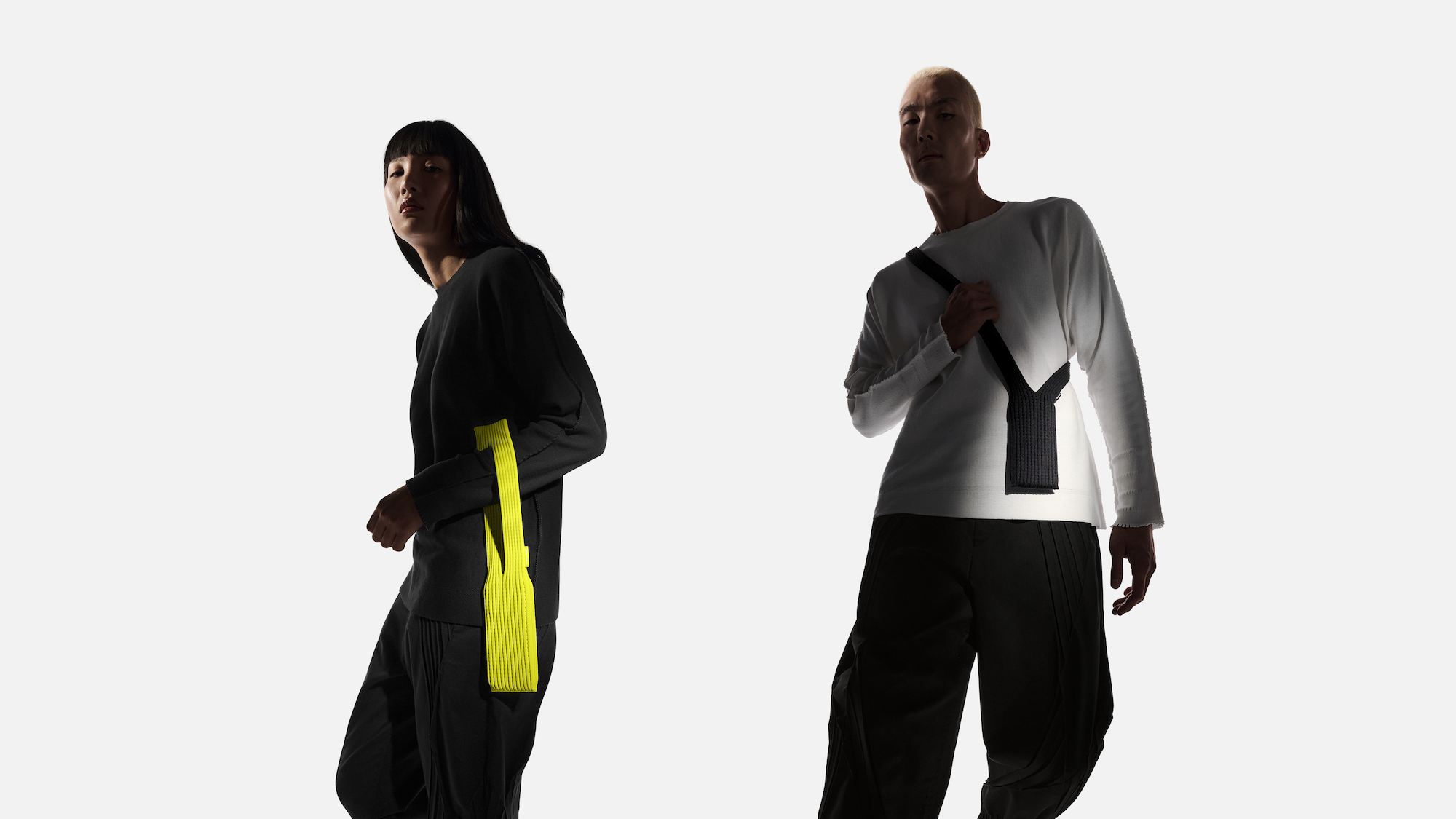 Introducing the iPhone Pocket, a joyful new accessory from Apple and Issey Miyake
Introducing the iPhone Pocket, a joyful new accessory from Apple and Issey MiyakeCarrying your device just got a colourful new twist thanks to the iPhone Pocket, a celebration of the two companies’ shared design DNA
-
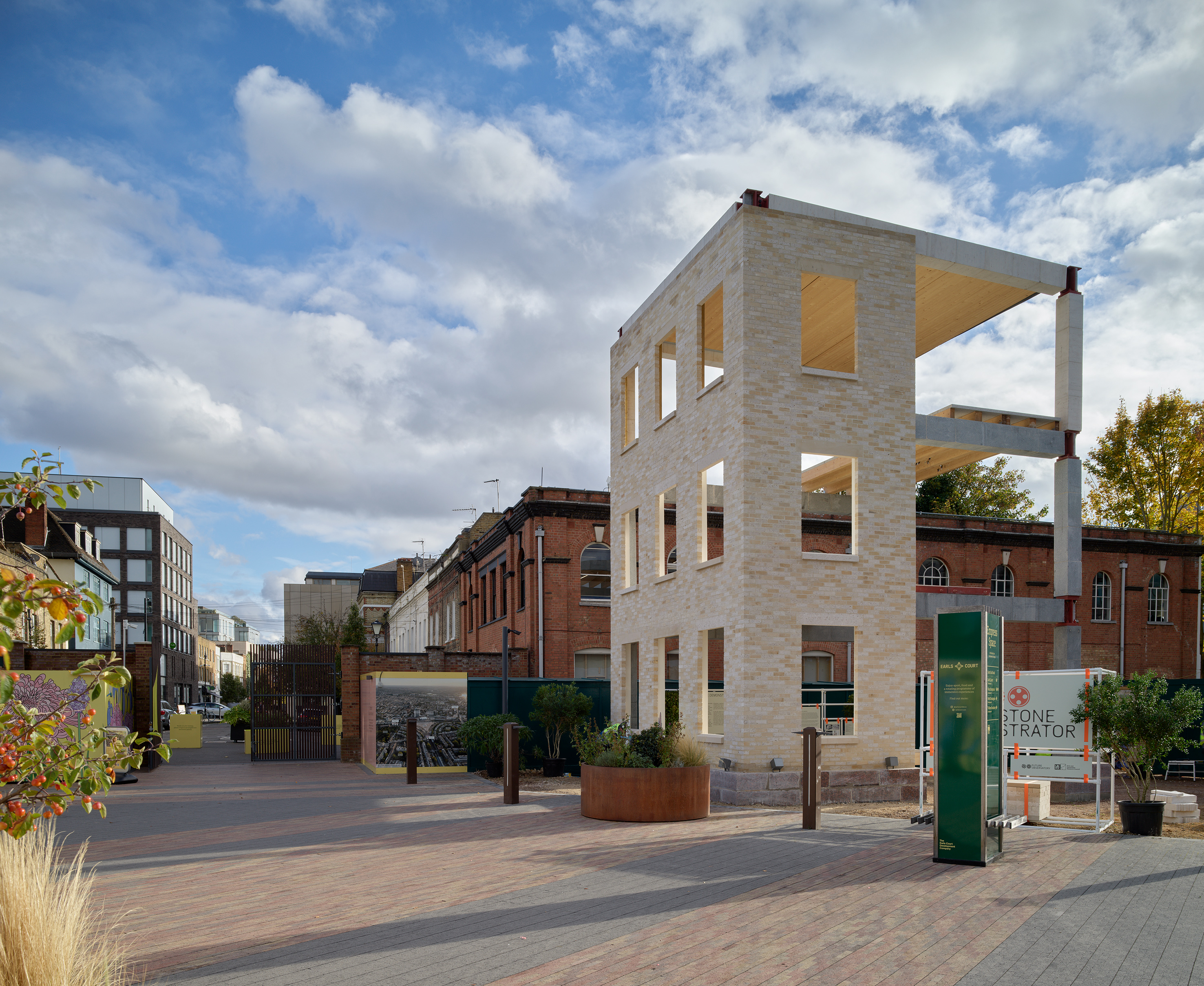 Tempted to try building with stone? This project will convince you of its merits
Tempted to try building with stone? This project will convince you of its meritsWelcome to the Future Observatory's The Stone Demonstrator, a project conceived to show off the material's strong points, now on display in West London
-
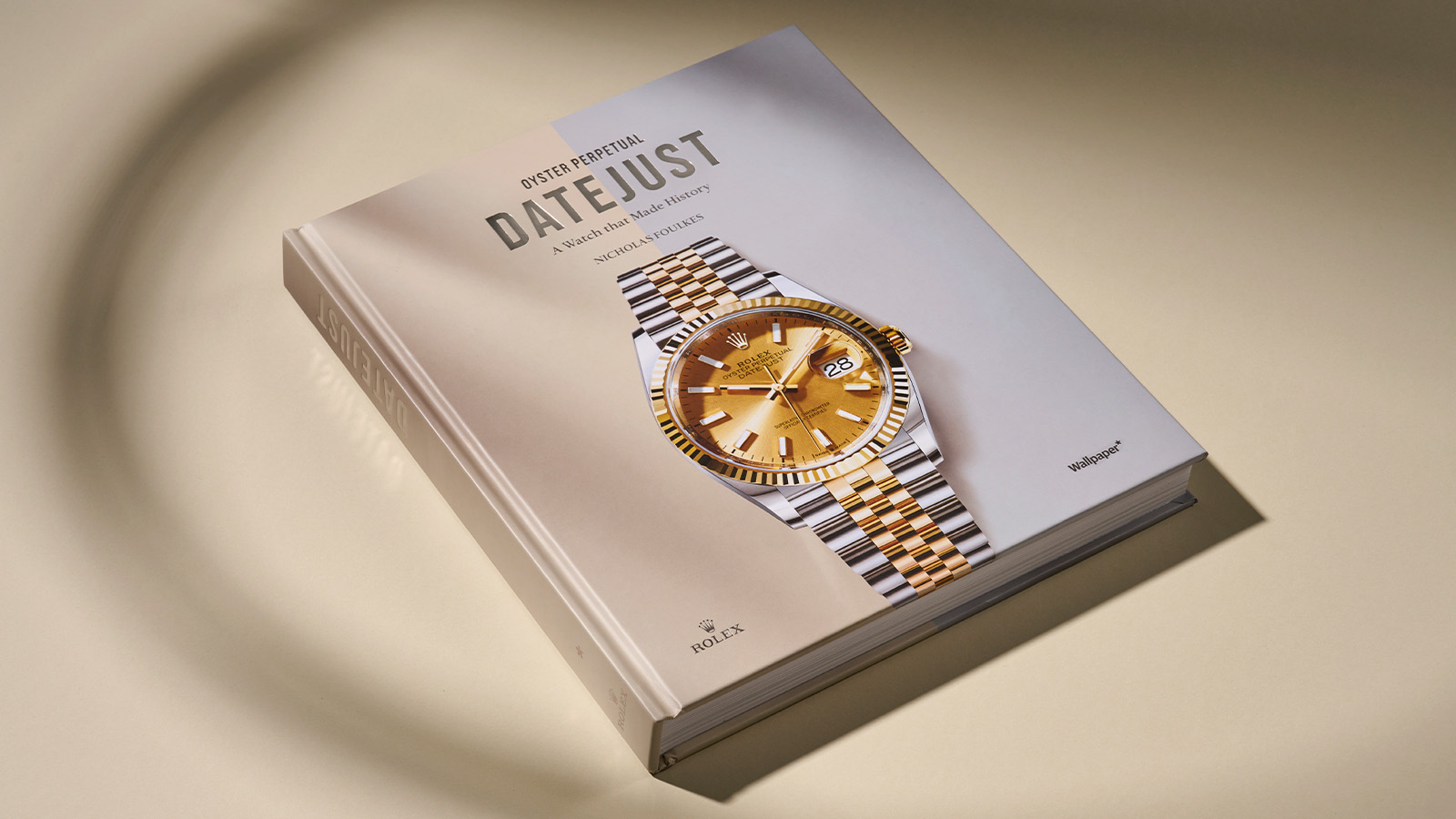 Rolex and Wallpaper* present the first authorised history of the Datejust watch
Rolex and Wallpaper* present the first authorised history of the Datejust watchRolex and Wallpaper* partner again to publish ‘Oyster Perpetual Datejust – A Watch that Made History’, written by Nicholas Foulkes, available now
-
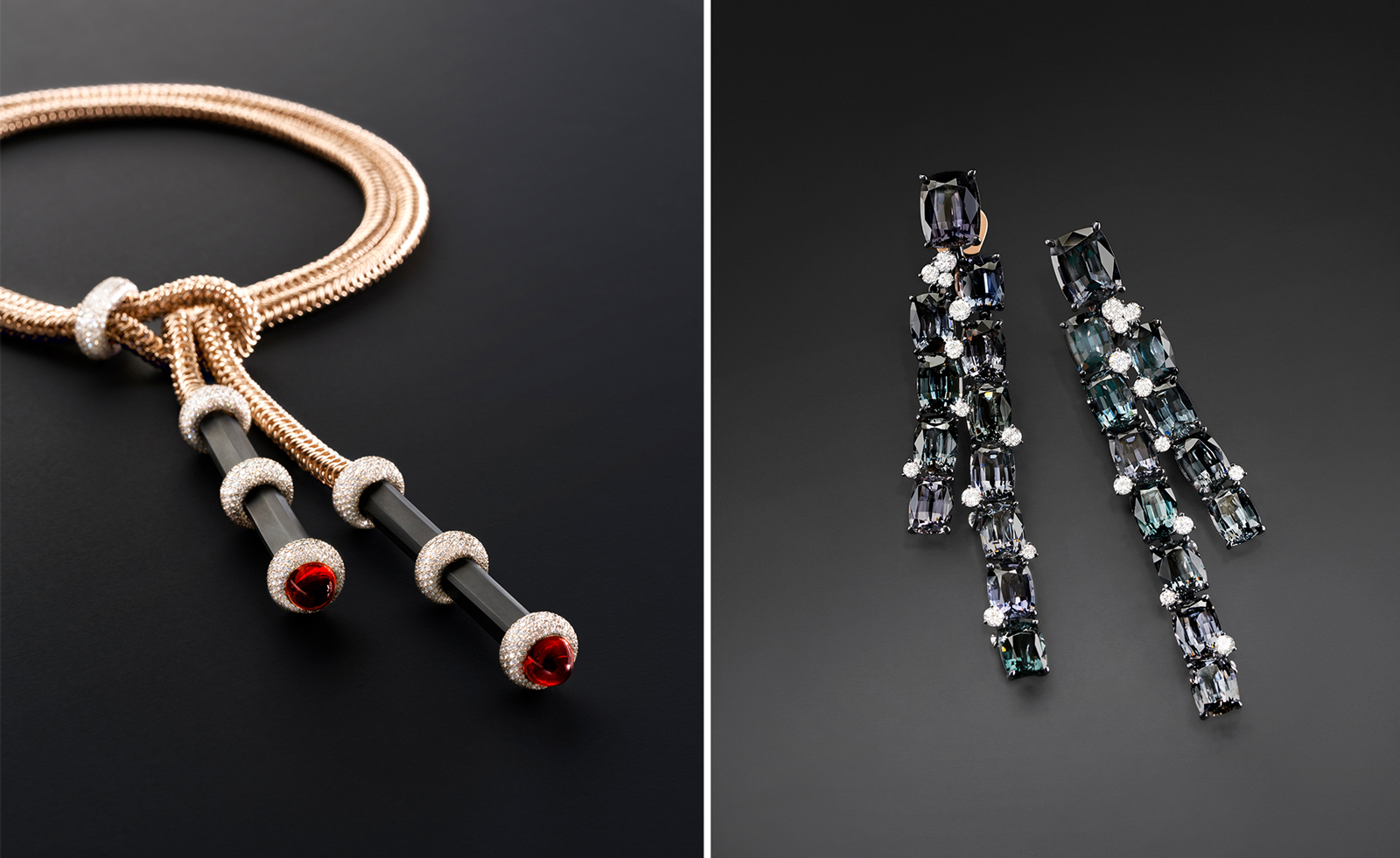 Order of the day: Pomellato’s high jewellery takes us from dawn to dusk
Order of the day: Pomellato’s high jewellery takes us from dawn to duskPomellato’s new high jewellery collection, La Gioia, tells the story of a day in precious stones
-
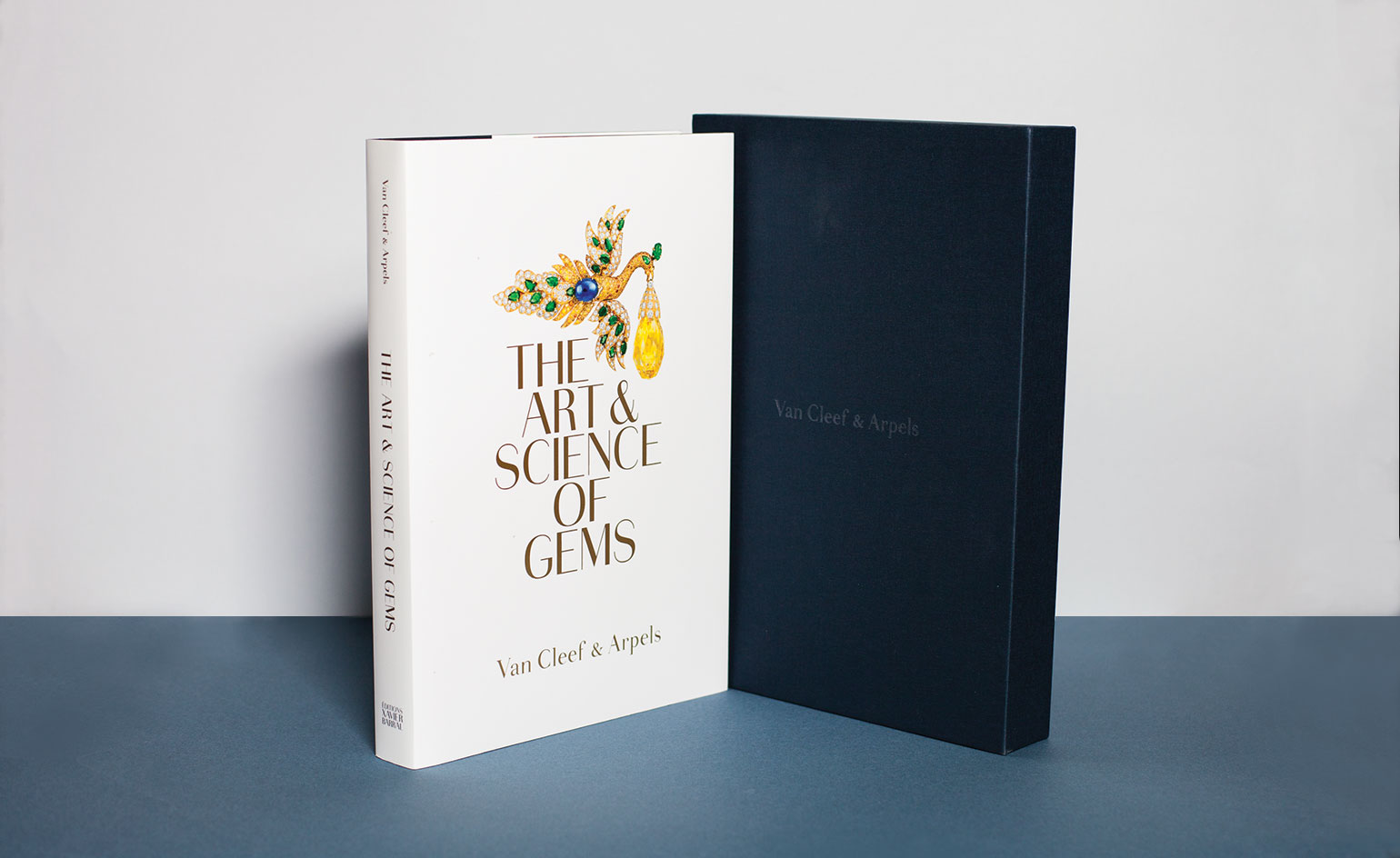 Fantastic fusion: Van Cleef & Arpels’ homage to the beauty of art and science
Fantastic fusion: Van Cleef & Arpels’ homage to the beauty of art and science -
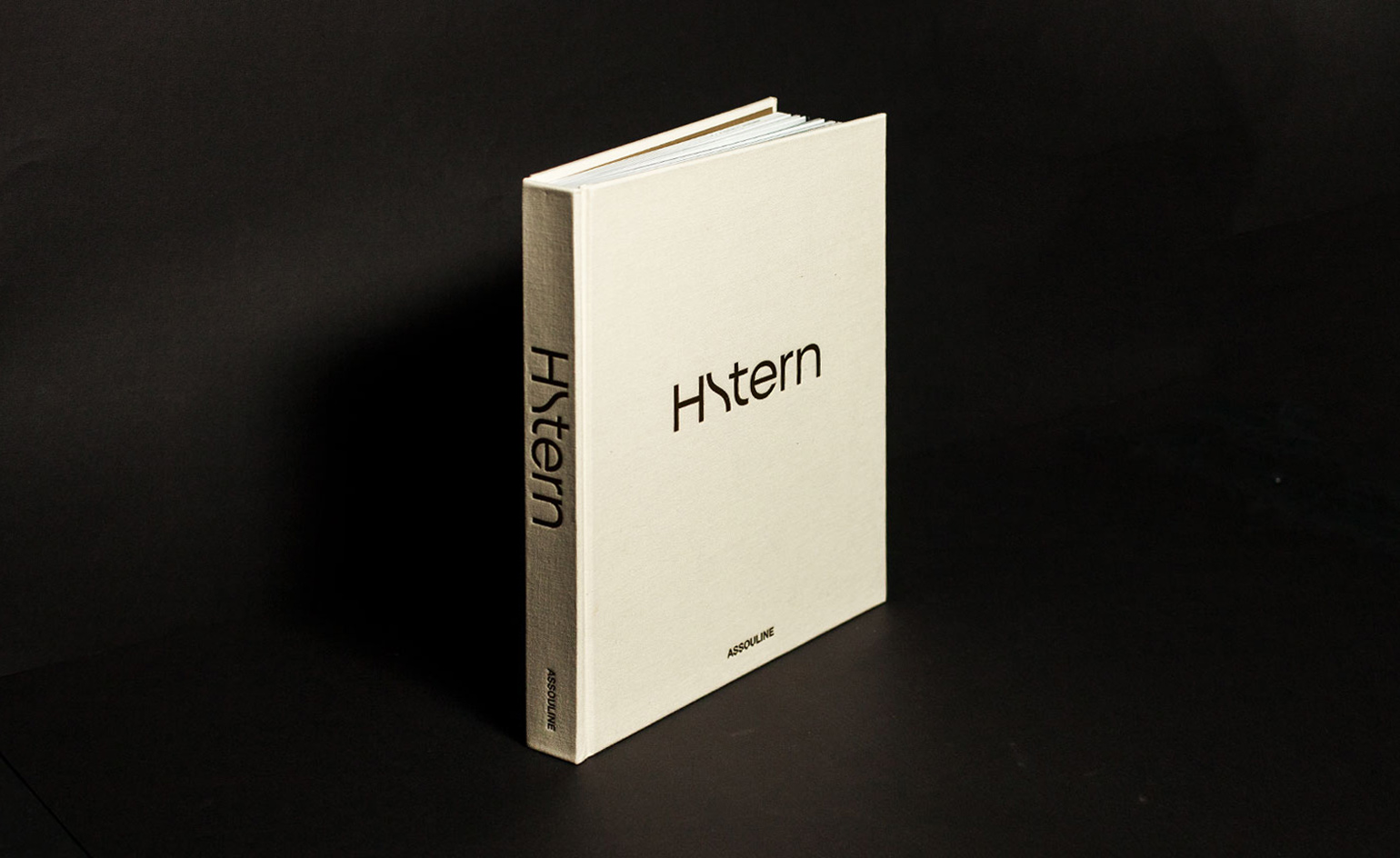 Creative instincts: Assouline uncovers the rich history of H Stern
Creative instincts: Assouline uncovers the rich history of H Stern -
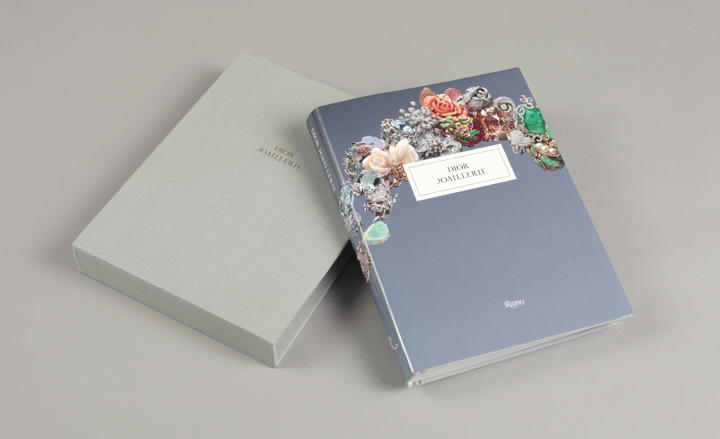 Book news: Dior Joaillerie
Book news: Dior Joaillerie
